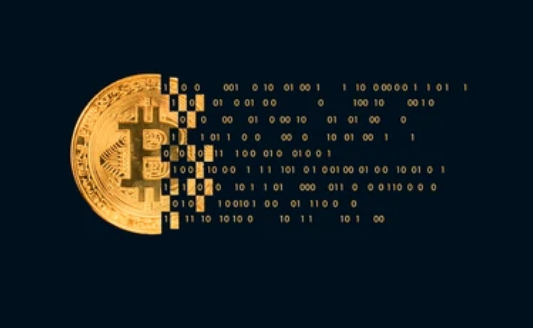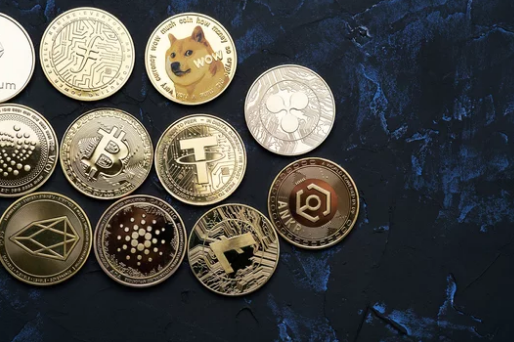As blockchain technology continues to evolve, one of the biggest challenges facing the industry is interoperability—the ability for different blockchains to communicate and work together seamlessly. Enter Polkadot (DOT), a project designed specifically to address this issue and create a web of interconnected blockchains.
Polkadot promises to enable a future where assets, data, and applications can move freely between blockchains, breaking down silos and unlocking new potential for decentralized finance (DeFi), Web3, and beyond. This article explores Polkadot, its technology, advantages, challenges, and its role in shaping the future of blockchain interoperability.
What Is Polkadot?
Polkadot is a multi-chain blockchain platform created by Dr. Gavin Wood, co-founder of Ethereum. Launched in 2020, its mission is to connect independent blockchains into a single network, allowing them to share information and value without relying on centralized intermediaries.
At its core, Polkadot consists of:
- Relay Chain: The main chain that provides security, consensus, and cross-chain interoperability.
- Parachains: Independent blockchains that connect to the Relay Chain, benefiting from shared security and communication.
- Bridges: Connections that link Polkadot to other external blockchains, like Ethereum or Bitcoin.
Why Interoperability Matters
Current blockchain networks often operate in isolation. Bitcoin, Ethereum, Cardano, and others cannot communicate directly without third-party solutions, creating fragmented ecosystems.
Interoperability solves key problems:
- Seamless Asset Transfers: Move tokens across different blockchains without centralized exchanges.
- Shared Liquidity: Pool resources and assets from multiple networks to improve efficiency.
- Cross-Chain Applications: Build dApps that leverage multiple blockchains for better performance and functionality.
- Enterprise Adoption: Large organizations can integrate blockchain solutions without worrying about network compatibility.
Polkadot’s design directly addresses these challenges, positioning it as a key player in the future of blockchain connectivity.
How Polkadot Works
Polkadot’s architecture is unique and highly innovative:
- Relay Chain Security
- The Relay Chain is the backbone of the network, securing all connected parachains.
- Validators on the Relay Chain maintain consensus and ensure the integrity of cross-chain transactions.
- Parachains: Independent, Yet Connected
- Parachains are custom blockchains optimized for specific applications or industries.
- They run in parallel and communicate through the Relay Chain, benefiting from shared security and interoperability.
- Consensus Mechanism: Nominated Proof of Stake (NPoS)
- Polkadot uses NPoS, where validators secure the network, and nominators stake DOT tokens to support trusted validators.
- This ensures both security and decentralization.
- Bridges to External Networks
- Polkadot can connect to Ethereum, Bitcoin, and other blockchains through specialized bridges, enabling cross-chain transfers and applications.
Advantages of Polkadot
- True Interoperability
Polkadot allows multiple blockchains to communicate seamlessly, eliminating silos and enabling cross-chain functionality. - Scalability
With parallel processing via parachains, Polkadot can handle many transactions simultaneously, avoiding congestion issues seen on single-chain networks. - Shared Security
Parachains benefit from the security of the Relay Chain, reducing the risk of attacks and making smaller chains more robust. - Customizability
Developers can build parachains tailored to specific needs, from DeFi platforms to supply chain tracking and gaming applications. - Governance and Upgradability
Polkadot uses an on-chain governance system, allowing token holders to vote on upgrades and protocol changes without hard forks.
Challenges Facing Polkadot
Despite its potential, Polkadot faces several hurdles:
- Complexity
The multi-chain architecture is sophisticated and may be difficult for new developers to navigate. - Competition
Other projects like Cosmos, Avalanche, and Ethereum 2.0 are also exploring interoperability and scalability solutions. - Adoption Speed
Success depends on attracting developers to build parachains and applications that leverage Polkadot’s unique features. - Bridges and Security Risks
Cross-chain bridges can be targets for attacks, as seen in other ecosystems, which may compromise trust in interoperability solutions.
Real-World Use Cases
Polkadot’s interoperability enables numerous applications across industries:
- DeFi Platforms: Cross-chain liquidity pools and lending protocols.
- NFT Marketplaces: Assets can move across different chains seamlessly.
- Enterprise Solutions: Supply chain, logistics, and IoT applications using specialized parachains.
- Blockchain Gaming: Games leveraging multiple chains for in-game assets, trading, and interactions.
The Future of Polkadot
Polkadot represents a paradigm shift in blockchain design, focusing on collaboration rather than competition between chains. Its success depends on:
- Developer Adoption: Building a robust ecosystem of parachains and dApps.
- Partnerships: Integrating with major blockchains and enterprise solutions.
- Ecosystem Growth: Expanding the DOT token utility and community support.
If Polkadot delivers on its promise, it could become the foundation for a truly connected blockchain universe, enabling seamless cross-chain communication and ushering in a new era of Web3 applications.
Final Thoughts
Polkadot is more than a blockchain—it’s a framework for interoperability. By connecting independent blockchains, providing shared security, and allowing scalable parallel processing, Polkadot has the potential to reshape the crypto ecosystem.
While challenges remain, its innovative architecture and focus on collaboration position it as a major player in the future of decentralized technology.
In short: Polkadot isn’t just a blockchain; it’s the blueprint for a connected, interoperable future.





